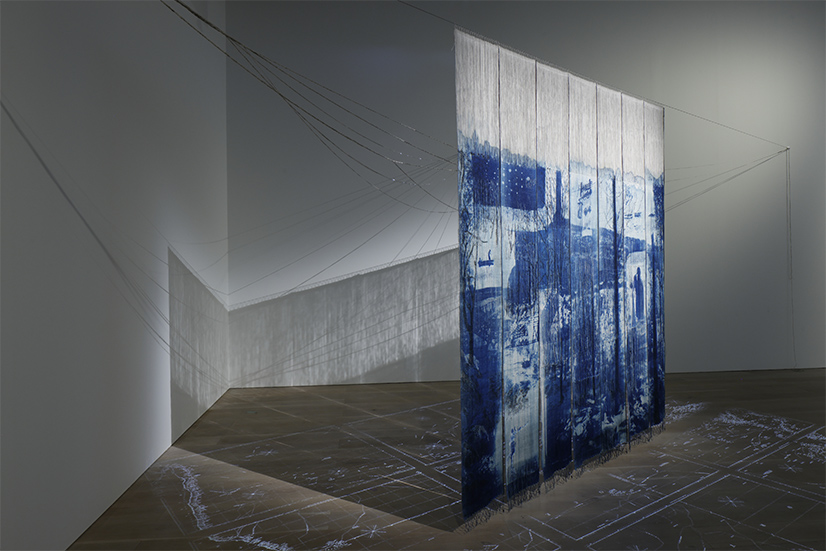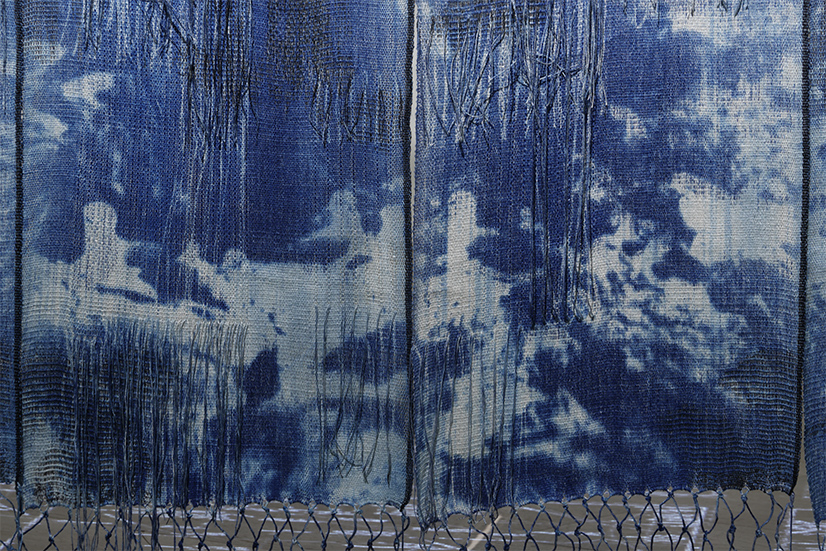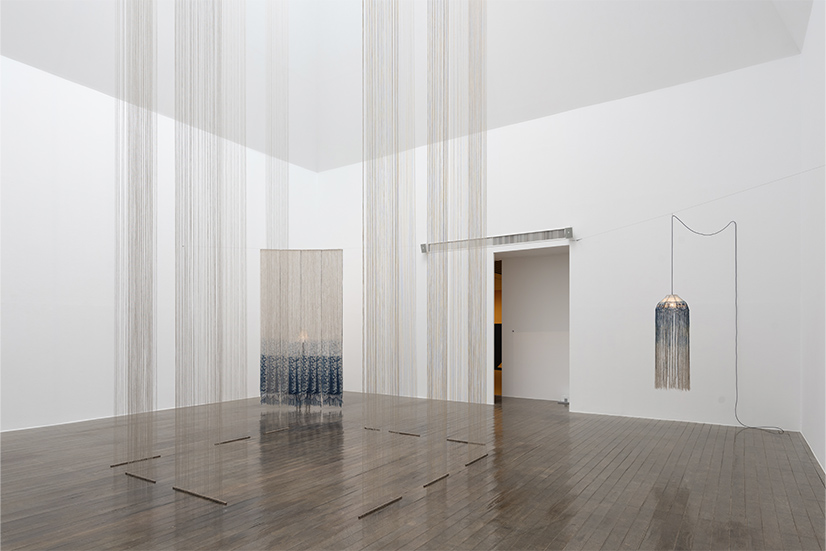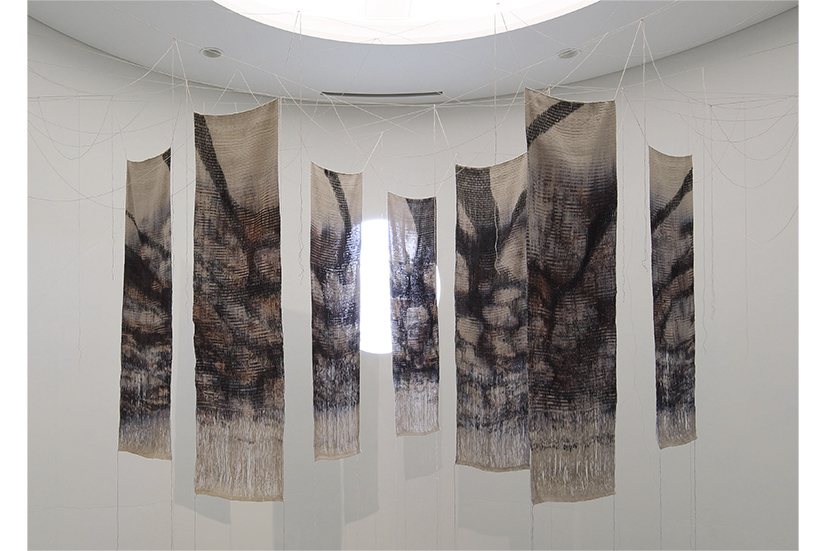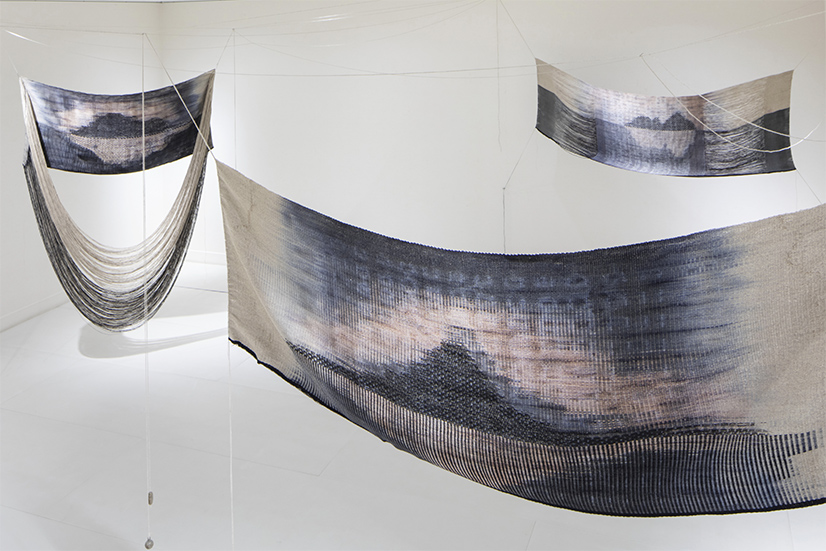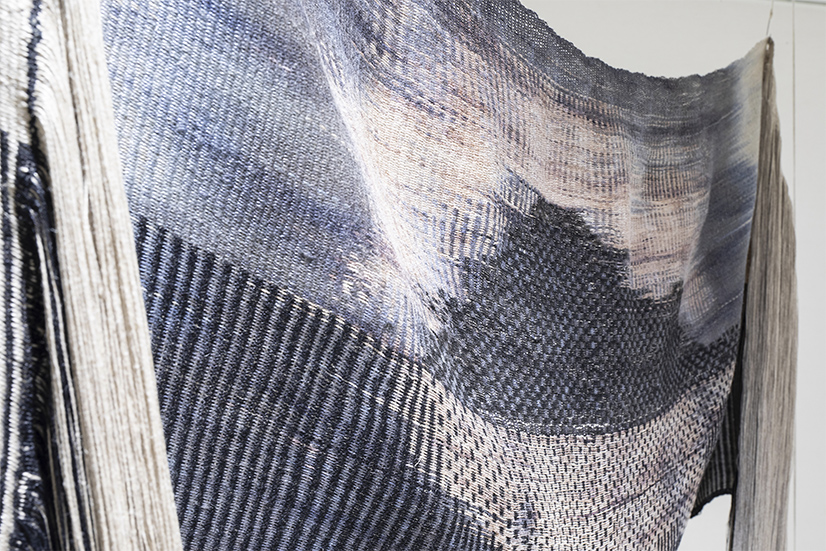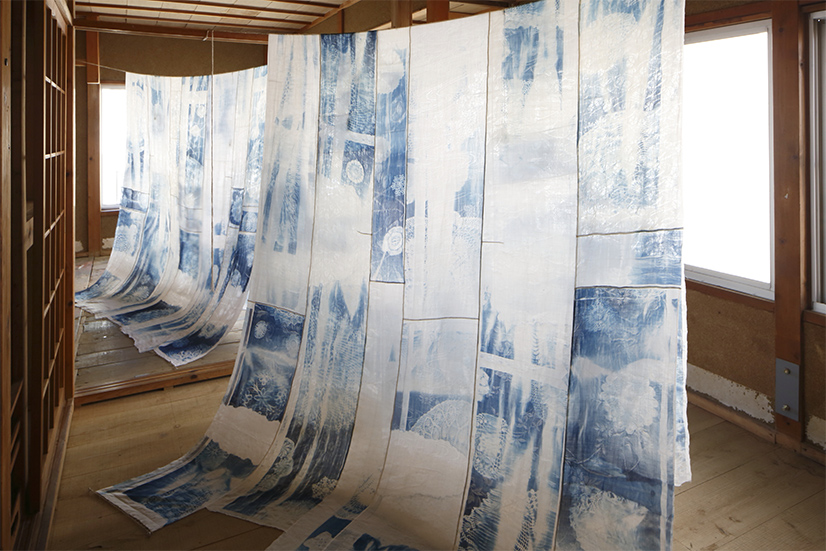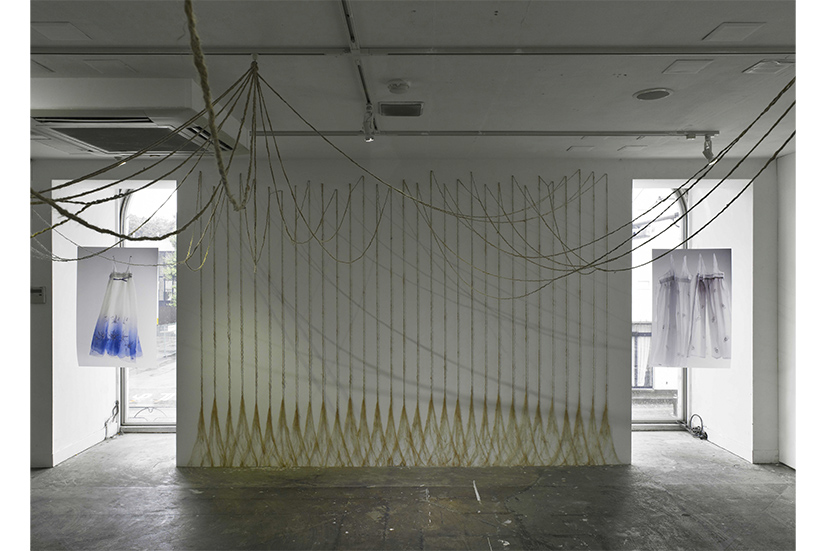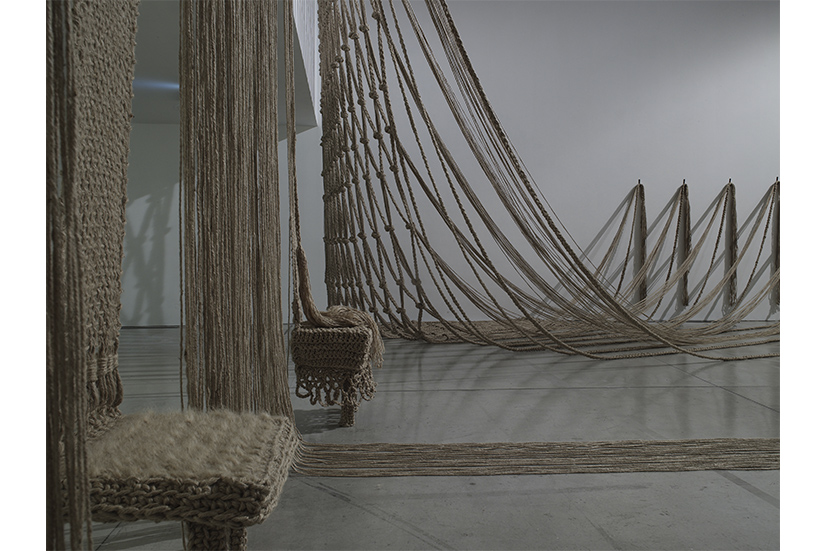OH Haji
Born in Osaka in 1976
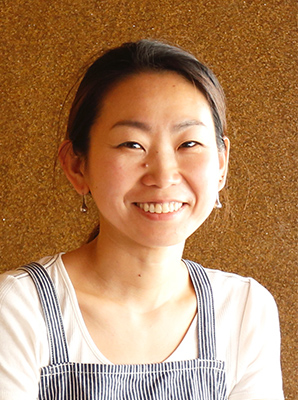
Photo: KIOKU Keizo
Information
- September 30, 2025– January 7, 2026
“TOP 30th Anniversary
Thoughts of a Distant Window: Contemporary Japanese Photography vol.22,”
Tokyo Photographic Art Museum
Learn more
- November 8, 2025– The end date is not noted
“And Still I Rise,”
Art Gallery of New South Wales, Sydney
Learn more
Profile
Education
Earned her PhD in Fine Arts from Kyoto City University of Arts in 2012.
Recent exhibitions
- 2025 “Connections,”Wollongong Art Gallery, Australia
- 2025 “The 11th Asia Pacific Triennial of Contemporary Art,” Queensland Art Gallery | Gallery of Modern Art, Brisbane, Australia
- 2024 Solo Exhibition “ANTEPRIMA x CHAT Contemporary Textile Art Prize: Finalist Haji Oh,” THIS IS NO FANTASY, Melbourne
- 2024 “ANTEPRIMA x CHAT Contemporary Textile Art Prize 2024,”
Centre for Heritage, Arts & Textile (CHAT), Hong Kong - 2024 Solo Exhibition “Grand-Mother Island Project: Chapter 1- Nautical Map,” THIS IS NO FANTASY, Melbourne
- 2024 Solo Exhibition “Grand-Mother Island Project: Chapter 1- Nautical Map,” Linden New Art, Melbourne
- 2024 Solo Exhibition “UN / WEAVING: HAJI OH,” ALISON BRADLEY PROJECTS, New York
- 2023 “KANTEN 観展: The Limits of History,” Apexart, New York
- 2022 “Roppongi Crossing 2022, Coming & Going,” Mori Art Museum, Tokyo
- 2019 “Publicness of the Art Center phaseⅡ,” Contemporary Art Gallery, Art Tower of Mito
- 2019 Solo Exhibition “Memories in Weaving,” Kurumaya Museum of Art, Oyama City, Tochigi
- 2018 “Culture City of East Asia 2018 Kanazawa: Altering home,” Kanazawa
- 2017 “Binding threads/Expanding threads: The art of creating ‘Between-ness’,” Hiroshima City Museum of Contemporary Art
- 2017 Solo Exhibition “The imaginary landscape- grandmother island,” MATSUO MEGUMI +VOICE GALLERY pfs/w, Kyoto
- 2016 “Crafts of Korean Peninsula, Pojagi as a portrait- with Haji Oh’s photograph works,” Kurumaya Museum of Art, Oyama City, Tochigi
- 2015 Solo Exhibition “Wearing Memory” ver. Wollongong, TAEM gallery at University of Wollongong, Australia
- 2014 Solo Exhibition “Wearing Memory,” Koganei Art Spot Chateau 2F, Tokyo
- 2013 Solo Exhibition “OH Haji×Aomori City Archives “Gestures in Clothing,” Aomori Contemporary Art Centre
- 2011 “Inner Voices,” 21st Century Museum of Contemporary Art, Kanazawa
- 2005 “ZONE – POETIC MOMENT -,” Tokyo Wonder Site Hongo
Awards
- 2025 “ANTEPRIMA x CHAT Contemporary Textile Art Prize 2024,” The Audience Prize
Oh creates installation works utilizing textile-making techniques such as weaving, dyeing and unravelling, as well as photographs/cyanotype, texts and sounds. Drawing on her background as a third-generation Zainichi Korean, she creates artworks to give expression to the untold memories – silent memories – of women and unnamed individuals. She explores the concept of post-memory by sharing experiences and dialogue through a collaborative process of community workshops.
Comments from the Chair of the Selection Committee
Despite the fact that many of the artists employ digital media including photography and video, there was, unfortunately, little surprise in their media choices, methodology, or methods of display. Many of the submitted applications demonstrated that the applicants’ motivations stemmed from personal questions of nationality, attributes, and gender identity, and their works present strong aspirations to extend their own motivation to other individuals, collective history, and experiences. We were also impressed with the artists’ dedicated efforts to build trust and cultivate relationships over time with those who are involved in the work during the production process. The issues of minorities and migration are intrinsically tied to the history and geopolitics of respective places. On the other hand, these are not issues particular to Japan but are omnipresent. Thus, addressing these issues has a strong potential to illuminate and share universal problems or overarching locally rooted problems for further discussion with people who do not share a Japanese context.
TAKAHASHI Mizuki
[Executive Director and Chief Curator, Centre for Heritage, Arts and Textile (CHAT)]
Reasons for the Award
OH Haji’s work stands out for its balanced emphasis on both the broad strokes of history and the nuanced stories of individuals often overlooked in grand historical narratives. Her textile creations, through the mediums of dyeing and weaving, represent the intricate tapestry of geopolitics, women’s history, and the narratives of migration and immigration. Oh’s extensive research into textile techniques and materials, viewed as elements of material culture, her high level of craftsmanship, and her conceptual approach to subject matter have earned her considerable acclaim. Her current body of work is also highly commended not only for highlighting the lives of individuals but also for its intersectional approach to examining class and labor, which has the potential to forge connections with history, as well as with contemporary issues related to gender, migration, and environmental concerns.
